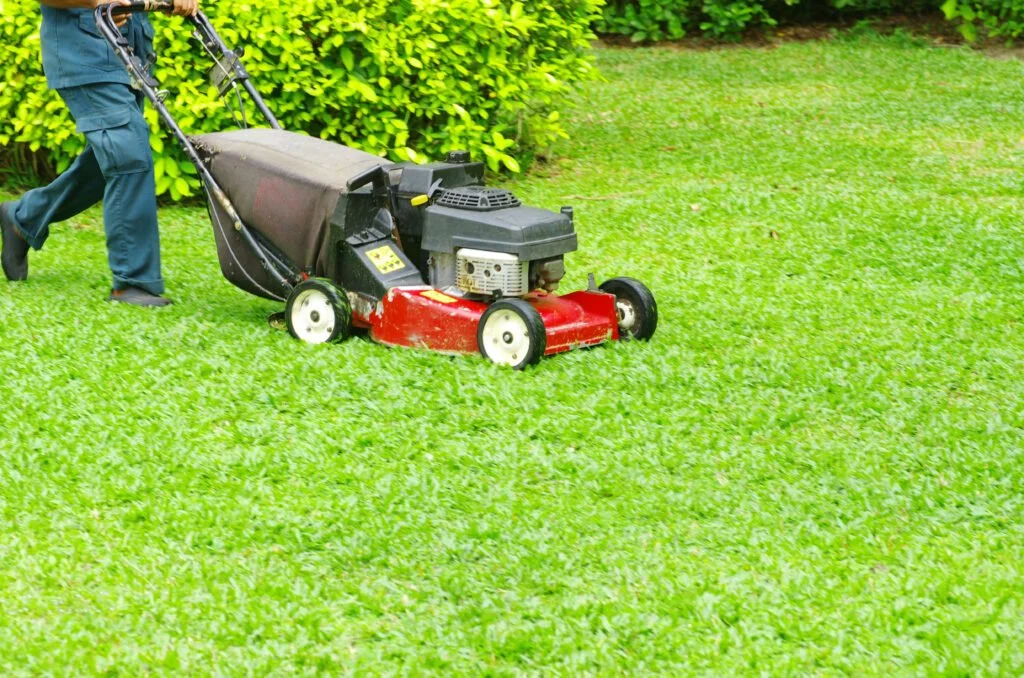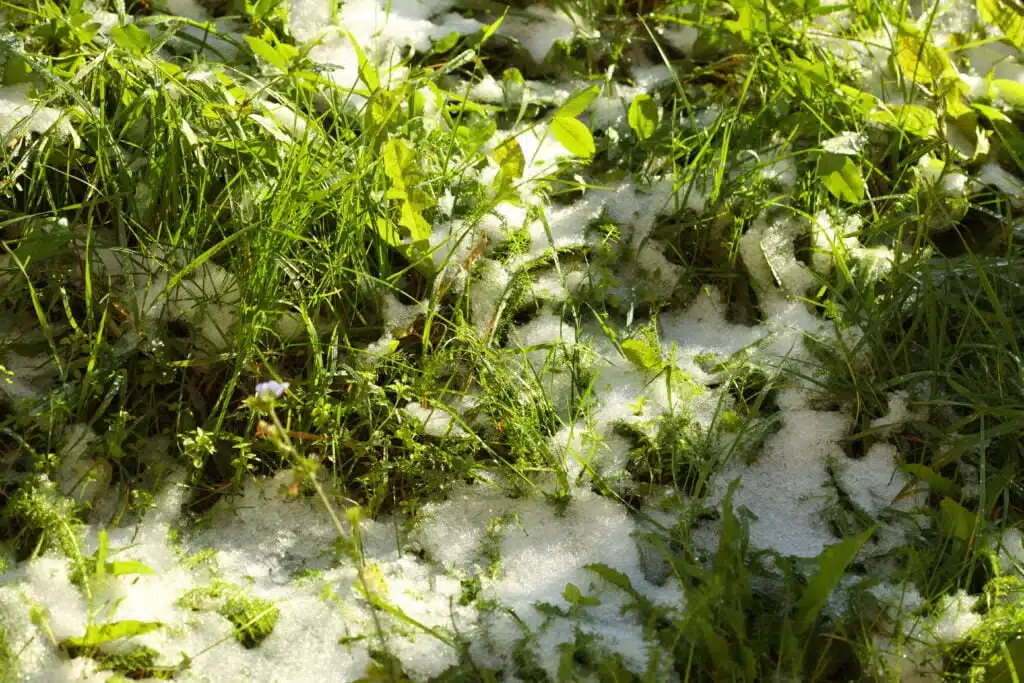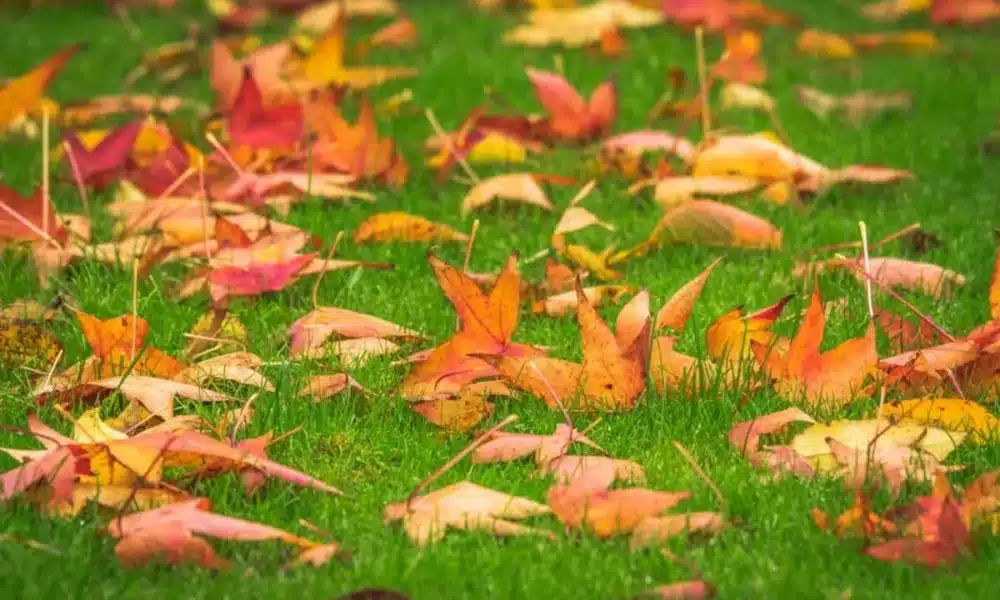Table Of Content
- 10 Simple Steps: How to Prepare Your Lawn for Winter
- Step 1: Clear the Lawn
- Step 2: Continue Mowing
- Step 3: Aerate the Soil
- Step 4: Apply Fall Lawn Fertilizer
- Step 5: Overseed Bare Spots
- Step 6: Keep Watering
- Step 7: Rake and Remove Thatch
- Step 8: Protect Against Pests
- Step 9: Winterize Your Lawn Equipment
- Step 10: Monitor Your Lawn For Winter
- Conclusion
As the vibrant colors of fall foliage fade and the temperature drops, it’s time to shift your focus from summer lawn care to preparing your lawn for winter months ahead. Proper winter lawn care can make a significant difference in the health and appearance of your lawn when spring arrives.
10 Simple Steps: How to Prepare Your Lawn for Winter
In this comprehensive guide, we’ll walk you through simple steps to prepare your property for winter, focusing on essential topics like fall lawn fertilizer and winter lawn care. Let’s get started!
Step 1: Clear the Lawn
Before diving into any winter preparations, starting with a clean slate is crucial. Remove leaves, twigs, and any debris that may have accumulated on your lawn during the fall. A layer of debris can prevent proper air circulation and trap moisture, leading to lawn diseases.

Step 2: Continue Mowing
Many people believe that lawn mowing is a summer activity, but maintaining the proper grass height is essential in the fall as well. Continue mowing your lawn until the grass stops growing. Trim it to the recommended size for your grass type, typically around 2.5 to 3 inches. This prevents the grass from matting down under snow and allows for better air circulation.
Step 3: Aerate the Soil
Aerating your lawn in the fall is an excellent way to ensure that your grass gets the oxygen, nutrients, and water it needs during the winter. Use a core aerator to create small holes in the soil, allowing for improved root growth and better absorption of nutrients.
Step 4: Apply Fall Lawn Fertilizer
One of the most critical steps in preparing your lawn for winter is applying fall lawn fertilizer. This specialized fertilizer is designed to give your grass the nutrients it needs to withstand the cold months ahead. Look for a fertilizer with a high phosphorus content, which promotes root growth.
Step 5: Overseed Bare Spots
If you have any bare or thin spots in your lawn, fall is an ideal time to overseed. Choose a grass seed that matches your existing lawn, and spread it evenly over the problem areas. The cool fall temperatures and regular rainfall help new grass seedlings establish themselves before winter.

Step 6: Keep Watering
While you may not need to water your lawn as frequently as in the summer, it’s essential to keep the soil adequately hydrated before winter. Deep watering in the fall helps the grass develop strong roots that can withstand winter stress. Aim for about an inch of water per week, either from rainfall or irrigation.
Step 7: Rake and Remove Thatch
Thatch is a layer of dead grass and organic matter that can build up on your lawn over time. Excessive thatch can create an environment for pests and diseases. Rake your yard to remove any thatch buildup, ensuring your grass can breathe.
Step 8: Protect Against Pests
As temperatures drop, some pests seek refuge in your lawn. Apply a preventative pesticide to keep pests like grubs and rodents from damaging your grass during the winter. Consult with a local lawn care expert to choose the right pesticide for your area.

Step 9: Winterize Your Lawn Equipment
Before storing your lawn equipment for the winter, be sure to clean and properly maintain it. Drain the fuel from your lawnmower to prevent stale fuel issues in the spring. Sharpen the blades and oil moving parts to ensure they’re ready for use next season.
Step 10: Monitor Your Lawn For Winter
Throughout the winter, periodically check on your lawn, especially after heavy snowfall or ice storms. Remove any branches or debris that may have fallen on it to prevent damage. Be cautious when walking on your lawn in winter, as frozen grass blades can be fragile.
Conclusion
Preparing your lawn for winter doesn’t have to be a daunting task. By following these simple steps, including applying fall lawn fertilizer and proper lawn care, you can help your grass survive the cold season and thrive when spring returns. Remember that each step plays a crucial role in winter lawn care for winter, and the effort you put in now will be rewarded with a lush and healthy lawn in the coming months. So, roll up your sleeves, get out there, and give your lawn the care it deserves this winter.












